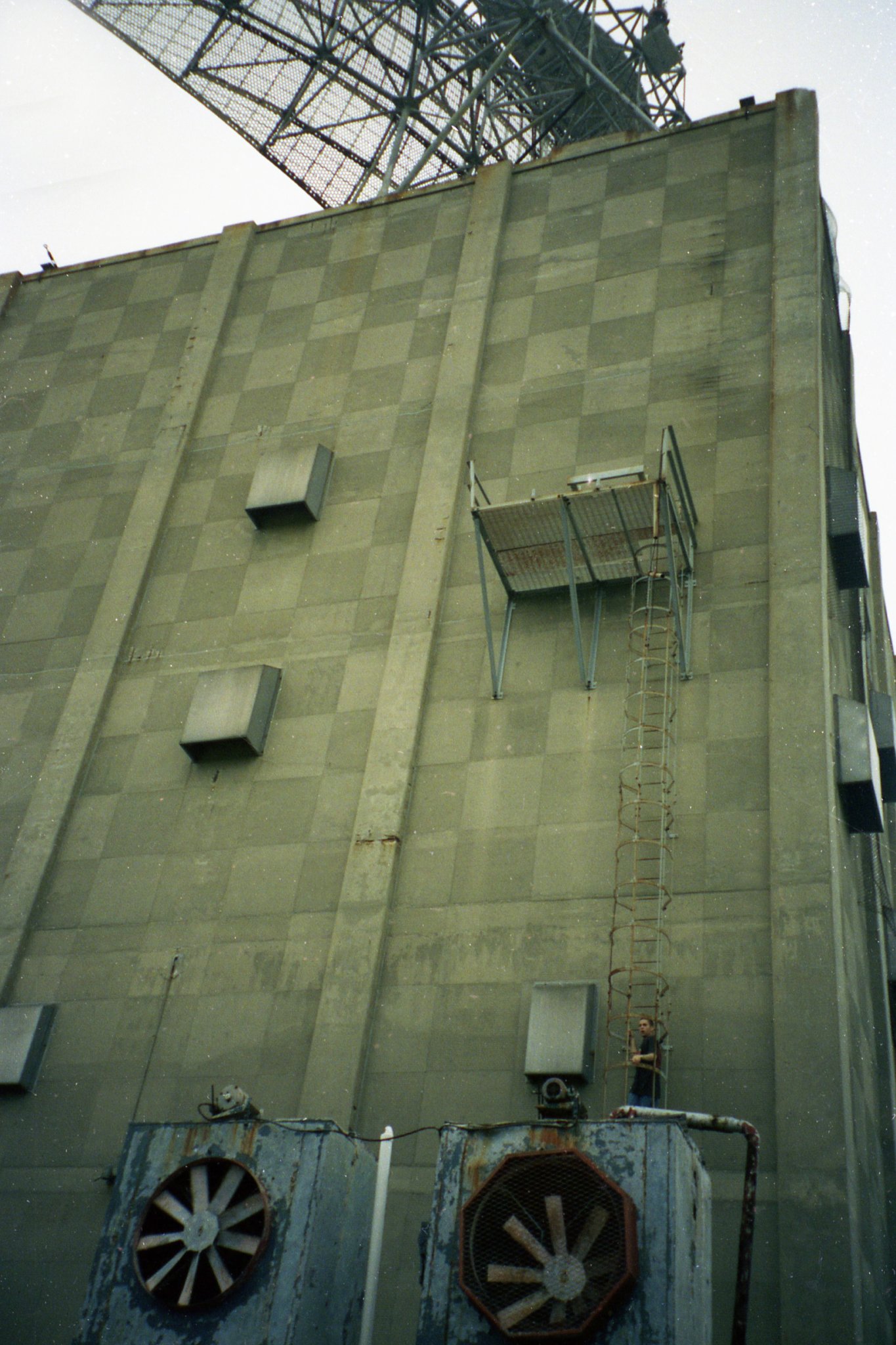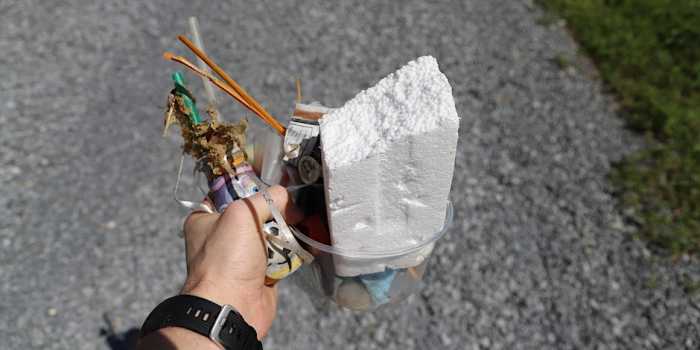'Montauk Is Strange' Book Goes Deep into Camp Hero Lore & History
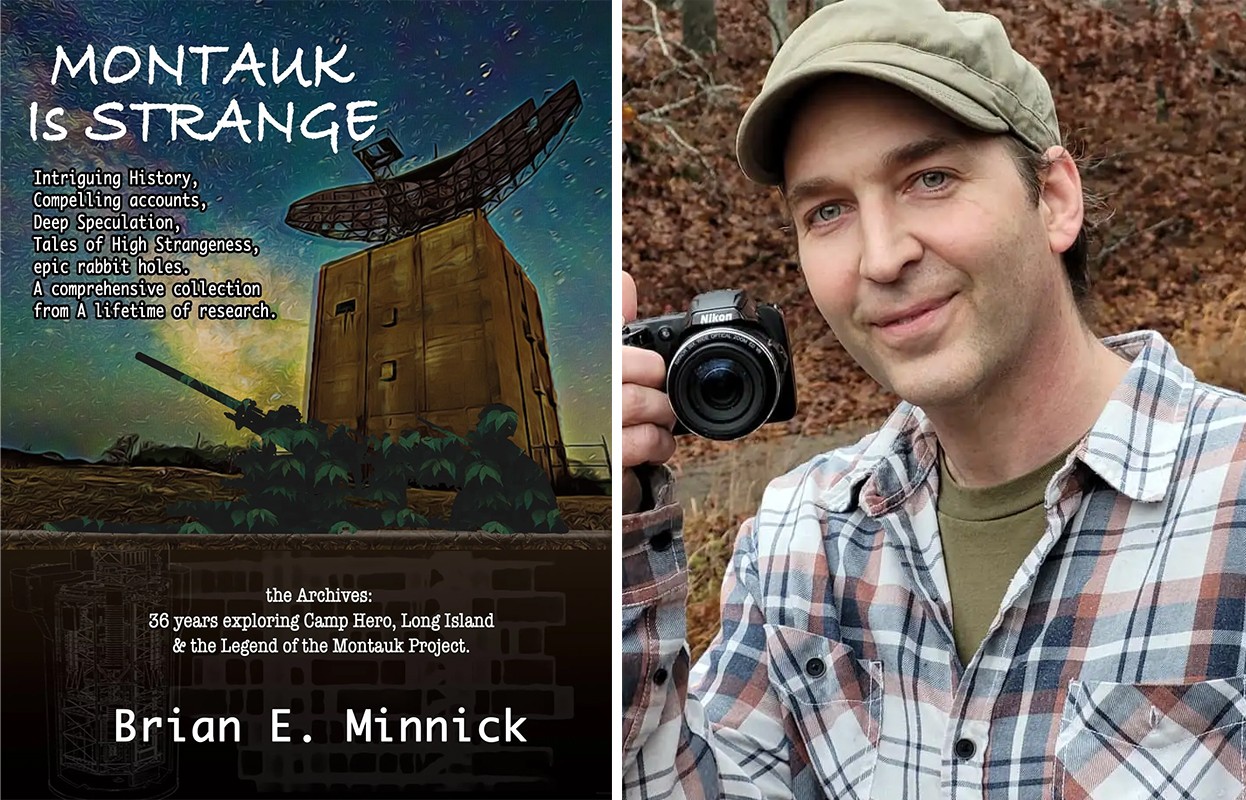
When it comes to the Camp Hero Air Force base and its military history, combined with the heaps of legends and lore surrounding the 468.69-acre property, few have accumulated as much information and evidence as Brian Minnick. After 36 years of visiting, studying and, let’s be honest, trespassing, 47-year-old Minnick has amassed piles of documents, witness testimony, personal experiences, photographs, maps and more detailing Camp Hero from about every possible angle — he was even a major contributor to a History Channel investigation of the site. And, now, he’s finally put together Montauk Is Strange, Minnick’s comprehensive book on the subject that is an absolute must-own for anyone even remotely interested in this fascinating topic.
Minnick has been visiting the disused base since he was a kid in the late 1980s and ’90s, during what he calls “the golden era of exploring Montauk,” and has an encyclopedic knowledge of both its practical military functions and the claims that have inspired all manner of bizarre tales, along with several books — most notably Preston Nichols’ and Peter Moon’s The Montauk Project: Experiments in Time in 1992 — and even the hit Netflix series Stranger Things, which was originally set to be titled Montauk before it aired under its now-famous name in 2016.
In the book, and through speaking with him, it’s clear Minnick is not swayed by the wildest conspiracy theories and myths told about the Montauk Project, but he’s also seen too much to discount all the stories, and he keeps an open mind toward everything.
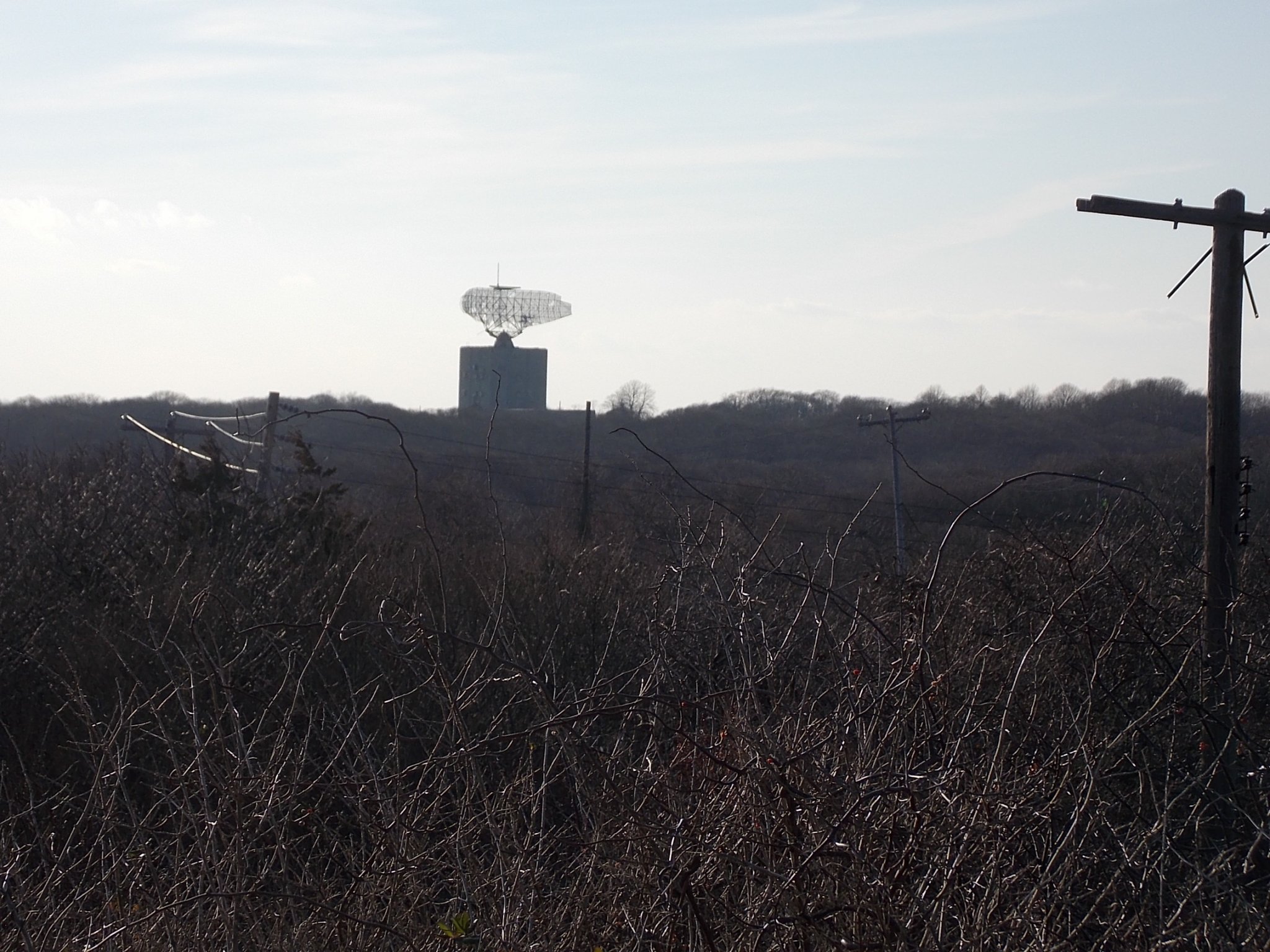
“I do feel like it was a place to always roll out the first new technology and weaponry, and that’s been proven back to the beginning of the century,” Minnick says, referring to early wireless telegraphy and radio projects dating back to 1919 in the hamlet, among other important advancements which are chronicled in his book. “I also feel like it’s a place of significance on the Earth itself. Just thinking back to ancient times and the land itself,” he adds, also acknowledging, of course, Montauk’s strategic position to protect New York City. “That is maybe a reason this property was selected in the first place to build something upon.”
For those who don’t know, the sprawling Camp Hero military base was commissioned in 1942 for coastal defense, complete with massive gun emplacements and concrete bunkers disguised as seaside homes, to stop German ships and U-boats during World War II. It was closed in 1947 and reopened in the 1950s as the Montauk Air Force Station and used for training before it was finally closed and reopened again as part of the NORAD defense network with a giant Semi Automatic Ground Environment (SAGE) radar tower.
It was eventually permanently shuttered and decommissioned in 1981, and then made into parkland in 1984. This, of course, is just a rundown of the most basic information about the base’s objectives and operations over its nearly 40 active years, and much of Montauk Is Strange documents these well-established facts.

However, the meat of the book examines the less established, and often disputed stories surrounding the base — the deliciously sinister stuff that inspired Stranger Things, including everything from the buildings sitting atop a gigantic subterranean facility with a network of tunnels and underground laboratories, to it being a site for military research into LSD and mind control with human test subjects, and claims that it was a place where children were taken and used for nefarious government projects, all the way up to people believing the base was the epicenter of clandestine inter-dimensional and time travel experiments, and that a cryptid “beast” roams the property.
Minnick’s obsession with Camp Hero didn’t start with any book or story. Instead, his parents were tailgating at the Montauk Lighthouse after a parade in the late 1980s, and “we just got on our BMX bikes and rode and drove right up to battery 216 on the bunker near the lighthouse there, and the back door was open,” he recalls, “so we climbed in, no flashlights, and went over this huge hole in the floor, wet. And I’ve spent my entire life trying to figure out how that hole got there, and what’s down there?” he adds, noting that they tossed a brick into the hole and it took a few seconds before they heard it hit water.
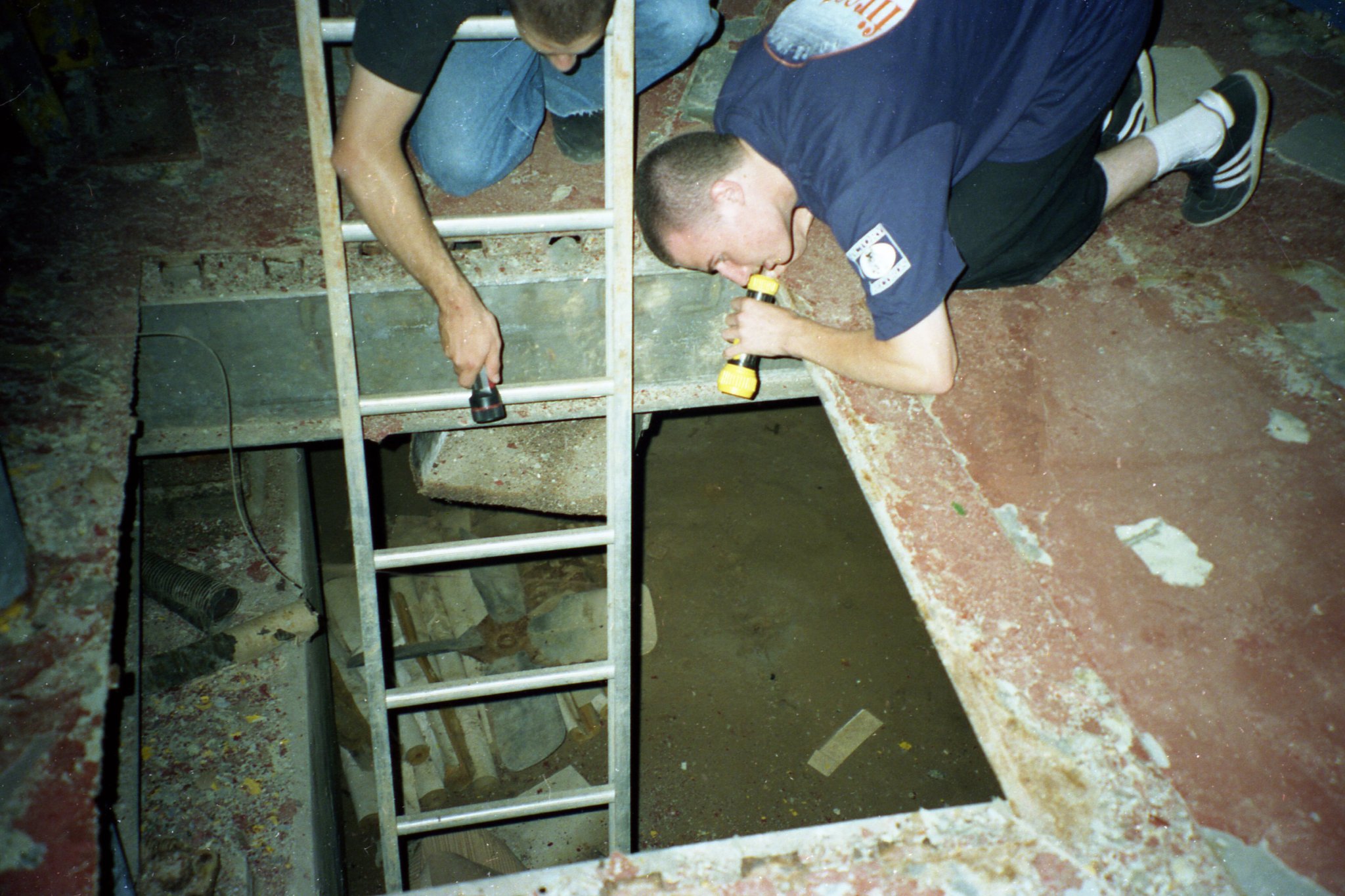
Minnick presents decades of relentless research, and he recounts many conversations with people who had mysterious stories and experiences to share, while doing an excellent job backing up claims and theories with hard data in the form of documents gathered from other researchers — both military buffs and paranormal seekers — as well as files he collected straight from government offices.
Among them, for example, is the 1984 “quitclaim deed” that handed Camp Hero over to the National Parks Service, but it leaves open the possibility that the base could be reappropriated by the military if the need arises, and it precludes the new stewards from ever digging beneath the surface, which some believe is evidence that there is indeed more below ground than they would like to admit, though it’s no secret that a number of tunnels and underground bunkers exist at the site.

Long before he made the book, Minnick earned some well deserved attention and accolades for his research when a team from the History Channel came knocking in 2016. Montauk Chronicles (2015) documentary filmmaker Christopher Garetano, also a dedicated Montauk Project researcher, came to town to film The Dark Files special about the Camp Hero legends, and he used Minnick’s vintage camcorder footage and wealth of knowledge as a major breakthrough on the show.

As The Dark Files points out, Minnick’s footage of the “LSD House” shows that the spray-painted psychedelic patterns on the walls were perfectly masked, with no overspray on the ceiling or floor, meaning it was deliberately painted rather than done by vandals after the fact. The team also used ground-penetrating radar and found a large, anomalous object, actually two metal structures, beneath the earth that defied most rational explanation. One, Minnick says, fits the profile of a staircase, though he admits it could also be an in-ground tank that’s sinking unevenly due to nearby water.

Montauk Is Strange provides an insider’s account of The Dark Files’ investigation and takes it further with Minnick’s thoughts, observations and new discoveries relating to what he and the History Channel team found, along with so much more. There truly has never been another book like it on this topic.
The more than 400 pages are dense and absolutely jam-packed with fantastic photos, direct scans of documents, and heaps of information, both hard facts and carefully collected and preserved stories that might have otherwise been lost to time, much like the crumbling base and its lonely tower which will inevitably fall and vanish into memory.
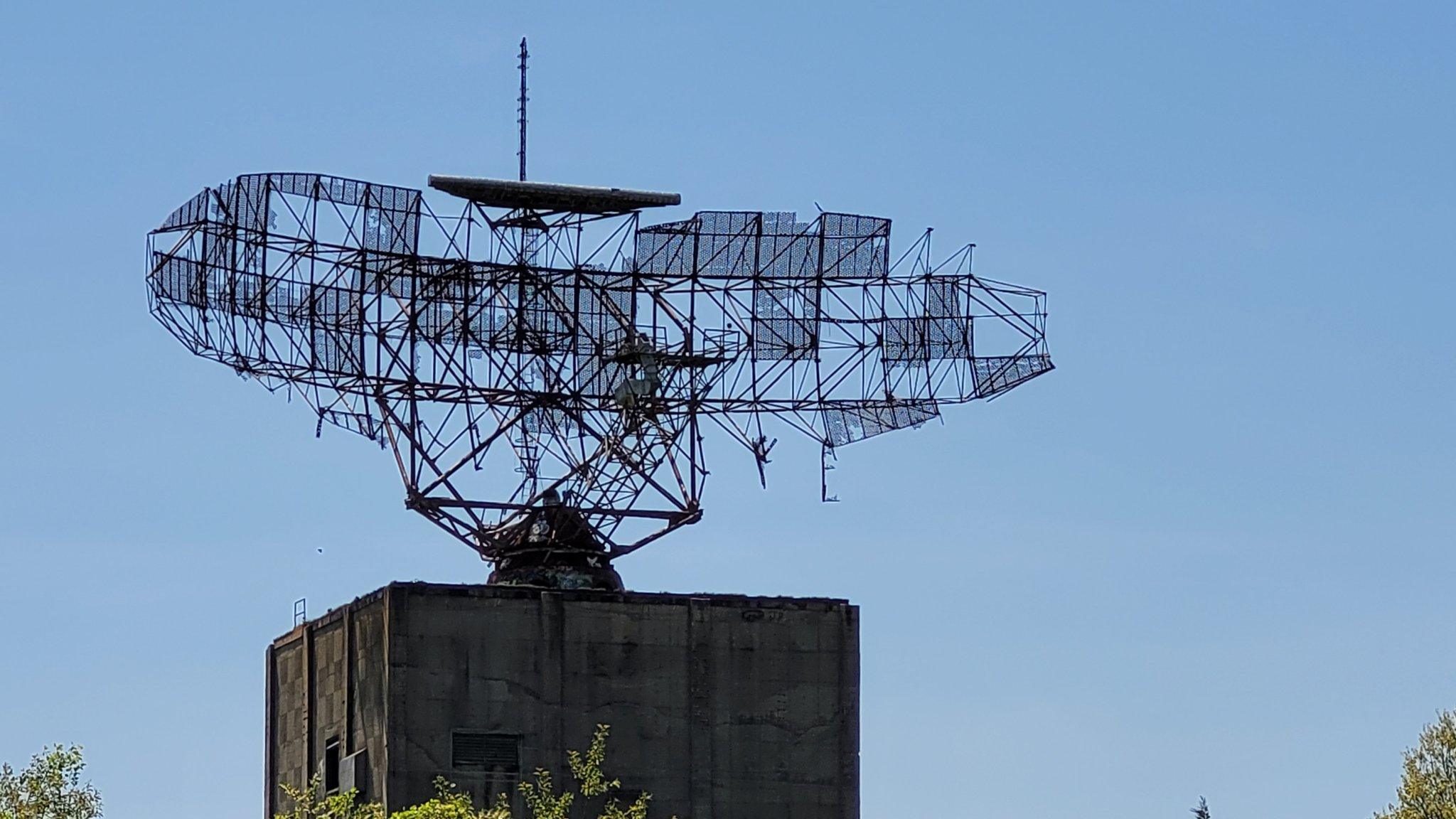
“I really feel like the time is limited out there,” Minnick says, pointing to the deteriorating radar dish, which regularly drops large sheets of sharp, rusty metal, especially on windy days. “In fact, the last time we went might have been our last visit to the radar itself. It’s in really bad shape, and I don’t think it’s safe to bring people into anymore or even show them.”
Fortunately, Minnick’s self-published book saves all that he has seen and learned for future generations, and interest in the subject continues through programs like Stranger Things, Montauk Chronicles and The Dark Files, as well as other books and those who continue to carry the torch online. Montauk Is Strange is available as a very reasonably-priced ebook, but it’s well worth ponying up for the printed edition, which makes for a wonderful serious reference and coffee table curiosity.
Buy your copy of Montauk Is Strange at store.bookbaby.com/book/montauk-is-strange.
